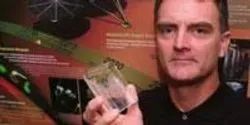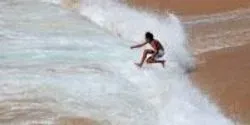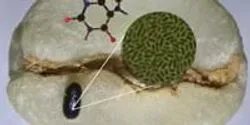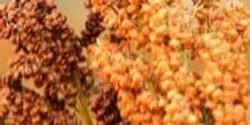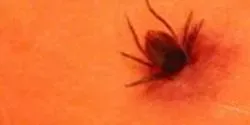Biological Sciences
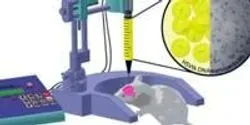
Researchers funded by the National Institute of Biomedical Imaging and Bioengineering have designed a nanoparticle transport system for gene delivery that destroys deadly brain gliomas in a rat model, significantly extending the lives of the treated animals. The nanoparticles are filled with genes for an enzyme that converts a prodrug called ganciclovir into a potent destroyer of the glioma cells.

This month, we highlight companies exhibiting at the American Association for Clinical Chemistry’s Annual Meeting & Clinical Lab Expo (AACC 2015) and the 250th American Chemical Society National Meeting & Exposition (ACS 2015). AACC 2015, a leading event for laboratory medicine worldwide, runs from July 26-30 at Georgia World Congress Center in Atlanta, Georgia. ACS 2015 takes place next month, running from August 16-20 in Boston, Massachusetts.

Stain-free gel chemistry uses a unique compound, which, when activated, reacts with tryptophan residues in the protein sample to emit a fluorescence signal. This allows the quick visualization of proteins without any staining steps. In addition, stain-free gel chemistry makes it possible to use total protein levels as a loading control rather than the housekeeping proteins used in traditional western blotting protocols. This negates the need to strip and reprobe blots and prevents any attendant errors that can be introduced at this step.

With the announcement July 2 that BP has settled federal, state and local claims related to the 2010 Deepwater Horizon oil spill for a total of more than $18.7 billion, leaders with Texas’ RESTORE Centers of Excellence are moving forward with plans to use millions in spill-related Clean Water Act funding on research and science activities that will benefit Texas and help to restore the health of the Gulf of Mexico.

